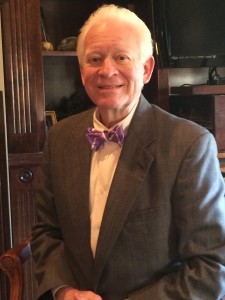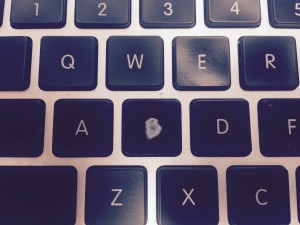I finally had the chance to schedule a follow up office visit with Dr. Pippas to get results from the scans I had on June 30. The news continues to be good (scratch that….GREAT!). My scans are perfectly clear. No Evidence of Disease. We are working on getting me extricated from some of the pharmaceutical drugs I have been taking. One of them, Xgeva, has been proven to be a powerful inhibitor of additional bone metastases that I have been taking every month for the past five years. You might have heard of a drug, Boniva (the Sally Field drug). According to Dr. Andy Pippas, Xgeva is “thousands of times more powerful” than Boniva and that the latest research says that it is not necessary to take this injection monthly. We are going to go on an every six month injection schedule, instead of monthly. Also, I have been taking 20 milligrams of Celexa for the obvious anxiety caused by not being sure I was going to live through this. With my scans continuing to bear out that this cancer isn’t aggressively trying to take me out, I am on a plan now to take Celexa off of my list of daily drugs. As with any SSRI (selective serotonin reuptake inhibitor) medication, one should pay attention to the weaning process and not just quick it “cold turkey.” I am starting the draw down process to get that one gone. What I have been left to deal with is fairly strong muscle and joint pain, likely a result of the 15 months of oral chemotherapy I took. So, if you see me walking slowly or exhibiting odd movements, I’m likely trying to put my frame into a place that brings me some relief. I’ll take a lifetime of this pain, if it will mean that the cancer has left me for good. That is a deal I would jump on.
We will continue doing scans every four months and remain vigilant. Meanwhile, we are getting back to our lives and concentrating on our business. Jill Tigner, and our families cannot possibly thank you all enough for supporting us with prayers and love as we’ve worked to get through these most difficult 6 and a half years with this disease and this horrific economy. For now, we’re going to try to wring every last drop of the goodness this life has to offer. I’m so sorry that I’ve left my blog readers’ hanging, but I couldn’t post about this until we had solid confirmation from Dr. P that we’re still in a good place.
Thanks be to God!


